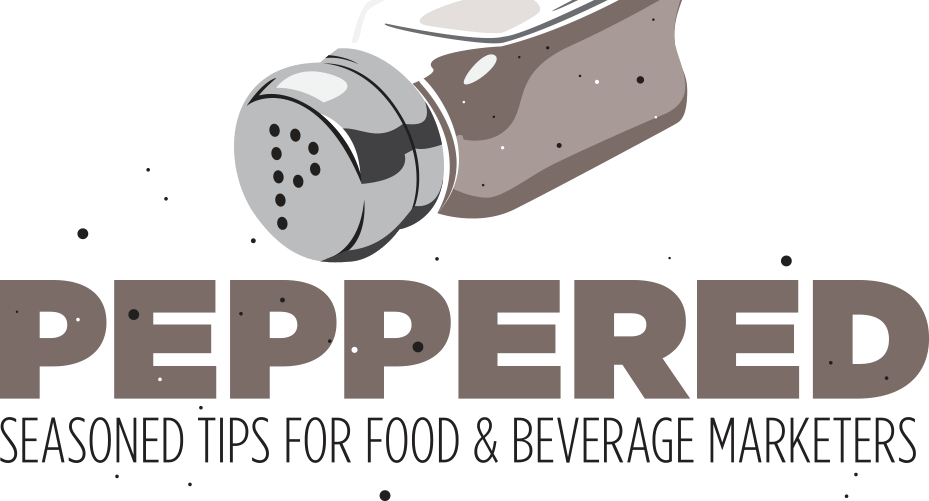A new fusion of advertising, smart technology, and online culture is integrating more into our lives every day. As we integrate, advertising does the same. Over time it’s not enough to sound cool, you have to provide an experience; it’s not enough to provide an experience, you have to align with people’s values; it’s not enough to align with people’s values, you have to be relatable; it’s not enough to be relatable, you have to be transparent. This cycle never stops. The past few years we’ve seen it progress into brands being more “human” on social media, acting as the people behind them, and we can expect that trend to continue in even more strange ways.
So what does this integration mean for the future of advertising?
It seems like every month now new brands are popping up in the online world trying to carve out space for themselves. There are millions of brands around the world creating a digital presence and the most cutting edge ones are being absurdist, relatable, and relevant in unconventional ways. In the past, a brand’s voice was confined to radio, print, and commercials, now it’s reeled out in every medium imaginable, including live videos, and even back and forth conversations or relationships
With this, people are continually demanding more transparency. They want to know who really runs the brands they follow, just like they want to know how their food is prepared or where their goods are made, and they want the option to make those informed consumer choices for themselves. Many people feel like they know the people behind the brands they manage now. This is rolled out the most on Twitter, which is a platform that thrives on organic conversations. Some brands that are exceptional at creating this are Pluckers, Checkers and Rally’s, SunnyD, and Pei Wei Asian Diner. Their content feels organic and not forced, which allows them to push the envelope of what it means to be a brand.
On some level, that emotional appeal is inherently contentious because it tricks people into creating a connection to the brand through the person/people behind it. No matter how genuine the people involved are or how altruistic the work is, the brand goal is ultimately some sale-oriented bottom line. These tactics aren’t unique to social. We see appeal to emotion in advertising all across the board. People crave connection, entertainment, and binary ingroup-outgroup thinking, so naturally anyone selling anything will appeal to those instincts.
Different people connect to brands on social media for different reasons. Some for entertainment, some because they think it’s cool or funny, some out of hate, and some out of a need for something more. In a time when so many people, especially young people, feel unheard and unable to balance the weight of debt, inflation, political polarization, generational despondency, and communal disconnection, we see these cracks opening up for meme culture, online humor, and more absurdity to take hold in social media outlets. The more integrated technology, advertising, and online culture becomes, the more transparent, complex, and relevant the brands they represent will have to become.
Here are 3 general tips to help your brand integrate better into online presence:
- Hire genuine people who are savvy to online culture and care about others. This is customer service but it’s also much more than that. It’s being a brand ambassador, an entertainer, and in some cases, even a friend. It’s not hard to spot someone faking a voice over time. Whoever works in this field needs to enjoy it and be as integrated into the culture as they want the brand to be.
- Provide something for people that other brands aren’t giving. Be original. Everyone is innovating off each other and that’s fine, but offer something new. No one wants to see another knockoff Wendy’s or MoonPie.
- There is no magic pill. Try new approaches, find new audiences, keep delivering content and push the boundaries. The next trends haven’t been written so don’t expect to find them in the writing of some social media influencer. Be the influencer.
This rapidly changing landscape of integration makes the future of social media advertising unknown. Maybe the market will balance itself out. Maybe the government will install regulations. Maybe people will demand total transparency. Maybe we’ll continue with business as usual. Or maybe the whole system is nearing a reboot.
No matter where you stand in the world of online advertising, the fourth wall that separates brands from consumers is coming down and we need to start seriously thinking about the world we’ll create once the dust is settled.






